40 aspartame on food labels
PKU, Allergies and Other Sensitivities - Aspartame Some of the reported side effects from aspartame that have been tested include headaches, nausea, dizziness, nasal congestion, eczema, asthma, mood changes and tingling, but research to date has not confirmed these associations even when aspartame was provided in amounts far greater than people typically consume. Additional Information about High-Intensity Sweeteners ... - FDA Labels of aspartame-containing foods and beverages must include a statement that informs individuals with PKU that the product contains phenylalanine. Acesulfame potassium (Ace-K) Acesulfame...
What is Aspartame? - Food Insight Aspartame is a type of low-calorie sweetener that consists of two amino acids—aspartic acid and phenylalanine. Aspartame is used as an ingredient to replace sugar in reduced-calorie foods and beverages, and it is also found in tabletop sweetener packets. The most common tabletop sweetener brand in the U.S. that contains aspartame is Equal®.
Aspartame on food labels
Aspartame is not marketed as AminoSweet on food labels While a company that produces aspartame did rename its product for marketing purposes in 2010, this was a move by only one company manufacturing aspartame. On food labels, aspartame still cannot be... What is Aspartame (E951) in food? Uses, Safety, Side effects and More The purpose of aspartame in food is to reduce sugar and calories intake. And you may find it in many food, and here is a common food list that may with it: Carbonated soft drinks Powdered drink Instant coffee and tea beverages Fruit juice Tabletop sweeteners Dairy products Frozen desserts, puddings Yogurts Chewing gum Breath mints Candy Cereals CFR - Code of Federal Regulations Title 21 - Food and Drug Administration The food additive aspartame may be safely used in food in accordance with good manufacturing practice as a sweetening agent and a flavor enhancer in foods for which standards of identity...
Aspartame on food labels. Read Your Labels: Top Ten Additives to Avoid - #2 Aspartame If the FDA agrees, it would allow flavored milk with added artificial sweeteners such as aspartame to be labeled as just "milk," eliminating the now-required "low-cal" notice on the front of the package. The dairy industry claims this would be all for the benefit of American kids. List of Aspartame Products - Drugsdb.com Read the food label of each product you take. Manufacturers are required to list all ingredients contained in every food product. Since tabletop sweeteners and condiments contain aspartame, majority of cooked foods you consume, regardless of whether you bought them from a fast-food or cooked them in your own kitchen, may contain aspartame. WATCH OUT: Aspartame's New Name Tricks Consumers Into Eating The ... Alzheimer's Vomiting Chronic Fatigue Diabetes Joint pain Depression With over 6,000 foods on the market containing Aspartame, stay vigilant, and avoid the additive sweetener at all costs. One can easily do this by avoiding any food or drink that is labeled as "diet" or "sugar-free." Food additives | Food Standards Agency This labelling helps consumers to identify foods with high caffeine content in those products where they may not expect to find it. Drinks Drinks that contain caffeine from whatever source at a...
Hidden Sources Of MSG And Aspartame In Foods Also: Protease Enzymes of various sources can release excitotoxin amino acids from food proteins. Aspartame - An Intense Source Of Excitotoxins Aspartame is a sweetener made from two amino acids, phenylalanine and the excitotoxin aspartate. It should be avoided at all costs. Aspartame complaints account for approximately 70 percent of ALL ... Aspartame (Q&A): What is it and what foods contain this additive? Its presence in foods is indicated either by its name (i.e. "aspartame") or by its number (E-951). Products containing aspartame should also state that it is a source of phenylalanine. This label is there to help people with a rare inherited genetic disorder called phenylketonuria (PKU). Everything You Need to Know About Aspartame - Food Insight Aspartame is a low-calorie sweetener that has been used for decades as a way to lower one's intake of added sugars while still providing satisfaction from enjoying something sweet. Aspartame is about 200 times sweeter than sugar, and as such only a small amount of the sweetener is needed to match the sweetness provided by sugar. Food labelling - Department of Health aspartame - labels on food containing the intense sweetener aspartame must indicate the food contains phenylalanine (which can affect people with the rare genetic disorder phenylketonuria) guarana or guarana extracts - labels on food containing guarana or extracts of guarana (which is a natural source of caffeine) must indicate that the ...
How To Read Food and Beverage Labels - National Institute on Aging At the top of the Nutrition Facts label, you will find the total number of servings in the container and the food or beverage's serving size. The serving size on the label is based on the amount of food that people may typically eat at one time and is not a recommendation of how much to eat. Read more about serving and portion sizes. How to Read Food Labels and Avoid Toxic Ingredients But be sure to read the ingredients on the label and ensure that the food does not contain sodium nitrite, potassium nitrite or anything that has nitrite or nitrate in the name. ... Aspartame. Aspartame is one of the most dangerous food additives on the market today. Drinks, candy, and chewing gum are potential sources of hidden MSG and/or ... Aspartame Products - Aspartame Aspartame Products Aspartame has been a sweetener in many low-calorie, sugar-free foods and beverages since the 1980's. Because aspartame is 200 times sweeter than sugar, less can be used to give the same level of sweetness. Thus, the use of aspartame lowers the calories in foods or beverages. 200 times sweeter than sugar Warning and advisory statements - Food Standards aspartame - labels on food containing the intense sweetener aspartame must indicate the food contains phenylalanine (which can affect people with the rare genetic disorder phenylketonuria) ; guarana or guarana extracts - labels on food containing guarana or extracts of guarana (which is a natural source of caffeine) must indicate that the food contains caffeine
Changes to sweetener information on food labels - Canada.ca The changes concern foods that contain the following high-intensity sweeteners approved by Health Canada for use in Canada: neotame. sucralose. aspartame. acesulfame-potassium. These sweeteners don't have to be listed on the front of the package anymore. The amount of the sweetener in mg per serving will no longer appear in the list of ingredients.
What Foods Contain Aspartame? | MD-Health.com Candies that are labeled sugar free like chewing gum, hard candy, candy chews or breath mints will use aspartame. Gum that tends to have aspartame includes Wrigley's Extra, Airwaves and Orbit products. Yogurt. Yogurts that are sugar or fat free or those that have a drinkable consistency will usually be made with a low-fat milk and aspartame.
What is other names for aspartame - Food Additives & Ingredients ... Aspartame has many names, Aspartame is one of the most common artificial sweeteners in use today. It is sold under the brand names NutraSweet and Ajinomoto, Aspartame is made by joining together the amino acids aspartic acid and phenylalanine. Amino acids are the building blocks of proteins and are found naturally in many foods.
Mandatory labelling of sweeteners - Labelling requirements for ... The following table outlines what must be declared on the labels of prepackaged products that contain aspartame, sucralose, acesulfame-potassium and/or neotame when present in a food or sold as a table-top sweetener [B.01.014, B.01.015, B.01.016, B.01.017, B.01.019, B.01.020, B.01.022, B.01.023, FDR]. Polydextrose labelling requirements
Labelling requirements for sweeteners and foods that contain sweeteners ... Aspartame, sucralose, acesulfame-potassium and/or neotame labelling; Polydextrose labelling requirements; Sugar alcohols labelling requirements; Like all food additives, sweeteners must be declared in the list of ingredients of the prepackaged foods which they are present in [B.01.008(1)(b), FDR]. See Order of ingredients for more information.
Aspartame - Food Standards Aspartame is an intense sweetener added to low-energy or sugar-free foods. It is used in foods including yoghurt, confectionery and carbonated beverages. The safety of aspartame has been comprehensively reviewed by FSANZ and other international organisations, including: Food and Agricultural Organization/World Health Organization
Food standards agencies rule out aspartame bans as scientists warn of ... Aspartame was also re-evaluated by the EFSA in 2013 and was found to be safe for the general population at current permitted levels. Maximum permitted levels of use are set and all food additives must be clearly indicated in an ingredients list so consumers wishing to avoid them may do so."
Why is There a Warning About Phenylketonurics on Diet Soda Labels ... Tyrosine is needed to make melanin, which is the dark brown pigment in the body (skin, eyes). PKU babies will tend to have blond hair, blue eyes, and fair skin. Phenylketonurics warning on bottle of Diet Coke. This warning will be found on any food or beverage. product which contains aspartame.
A List of Foods Containing Aspartame | livestrong Aspartame is an artificial sweetener accidentally discovered by a scientist researching an anti-ulcer medication in 1965, according to the International Food Information Council Foundation. It's composed of two amino acids: aspartic acid and phenylalanine.
Why Does Aspartame Have a Warning Label? - Pediatric Education Aspartame (L-aspartyl-L-Phemethyl ester) is an artificial sweetener that metabolizes to Phe, L-aspartic acid and methanol. It was first discovered in 1965, and approved by the US Federal Drug Administration in 1981.
CFR - Code of Federal Regulations Title 21 - Food and Drug Administration The food additive aspartame may be safely used in food in accordance with good manufacturing practice as a sweetening agent and a flavor enhancer in foods for which standards of identity...
What is Aspartame (E951) in food? Uses, Safety, Side effects and More The purpose of aspartame in food is to reduce sugar and calories intake. And you may find it in many food, and here is a common food list that may with it: Carbonated soft drinks Powdered drink Instant coffee and tea beverages Fruit juice Tabletop sweeteners Dairy products Frozen desserts, puddings Yogurts Chewing gum Breath mints Candy Cereals
Aspartame is not marketed as AminoSweet on food labels While a company that produces aspartame did rename its product for marketing purposes in 2010, this was a move by only one company manufacturing aspartame. On food labels, aspartame still cannot be...





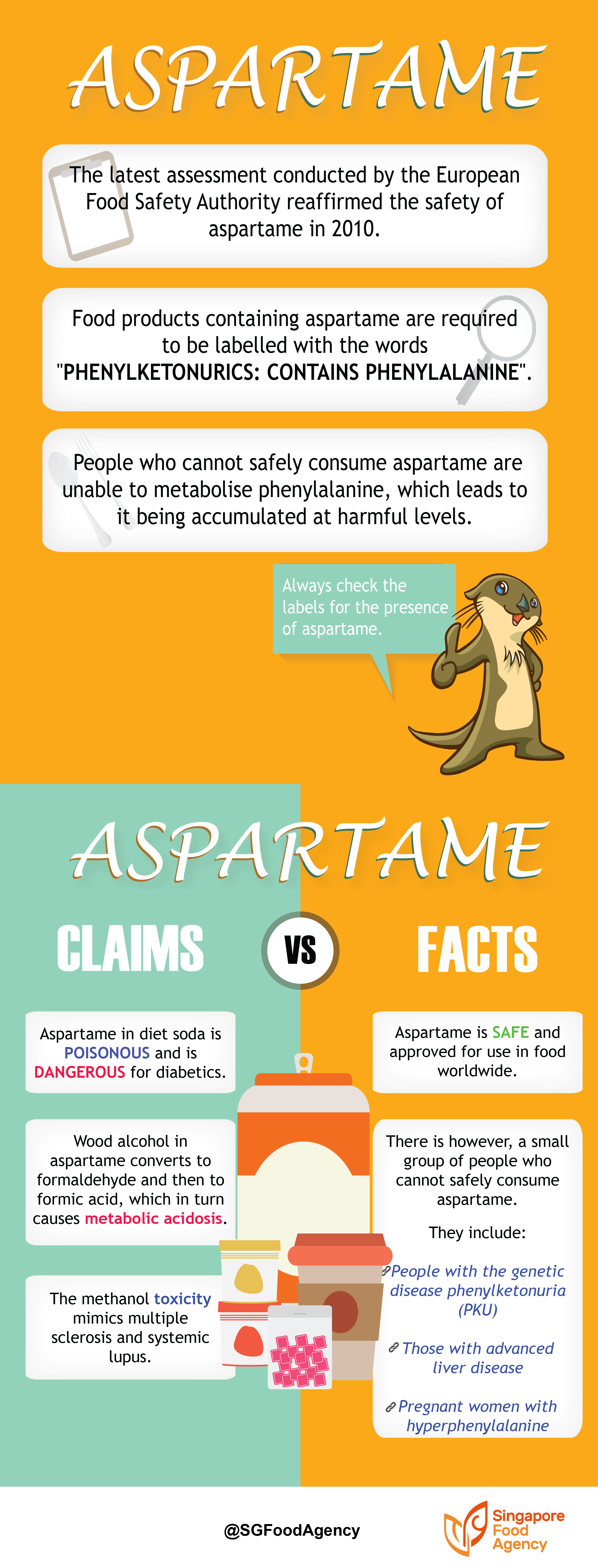


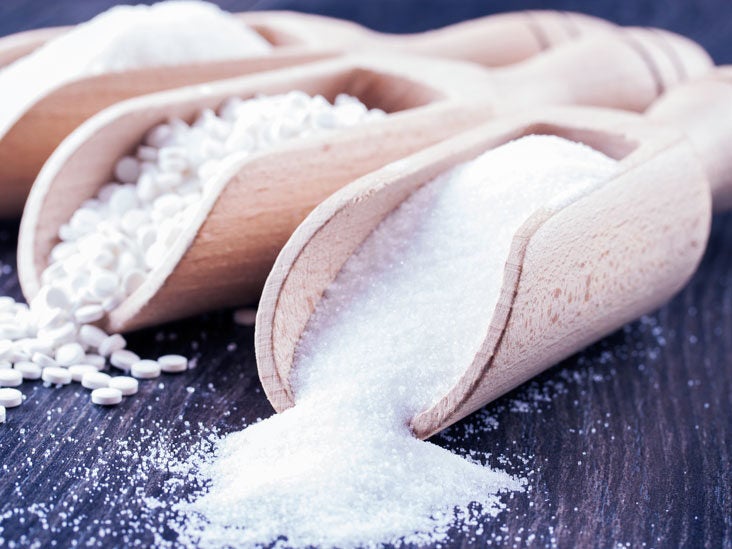


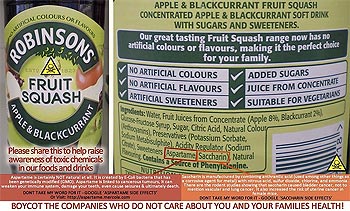





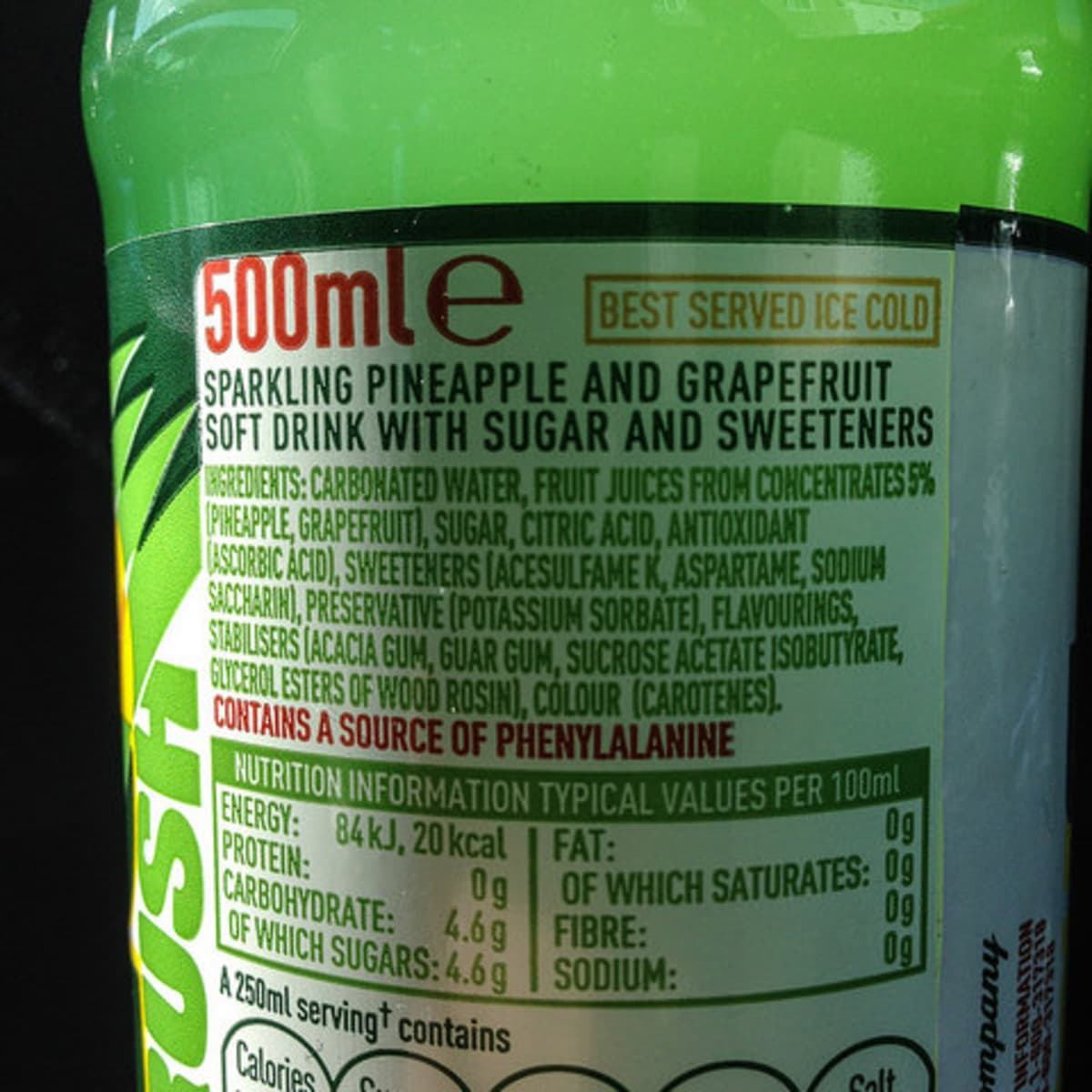

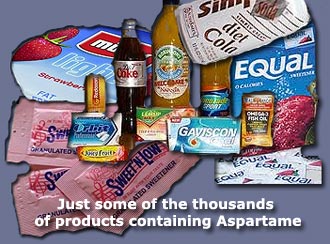
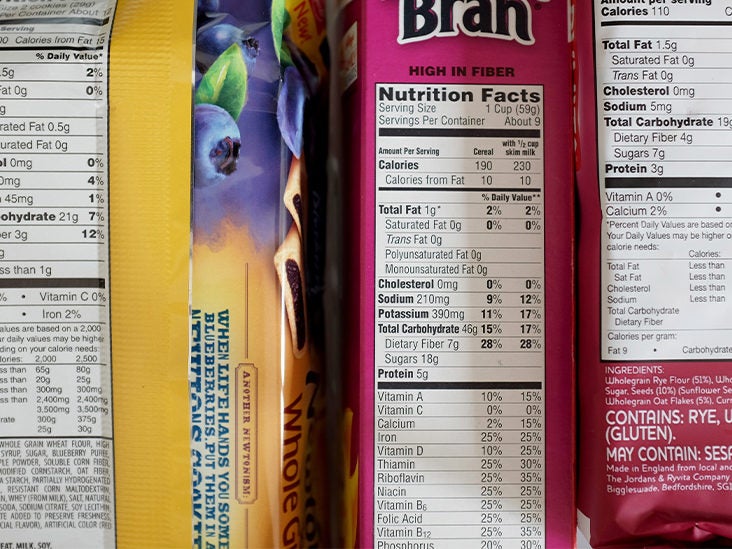






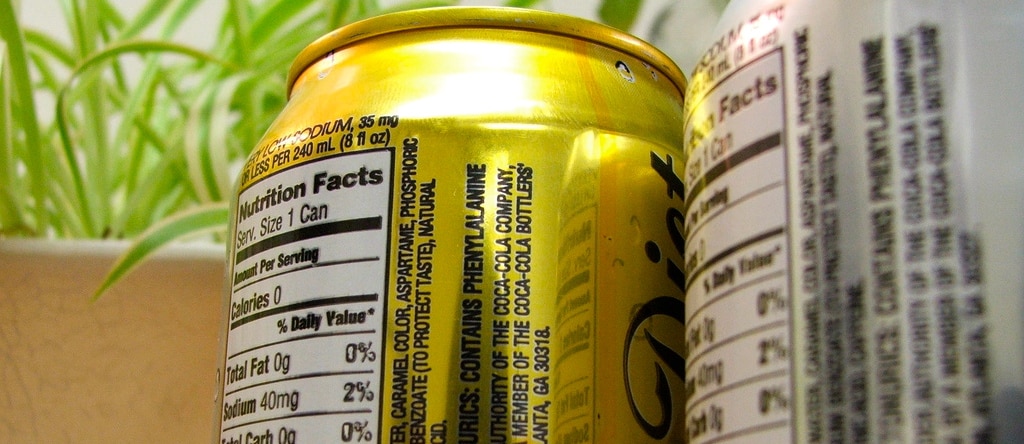
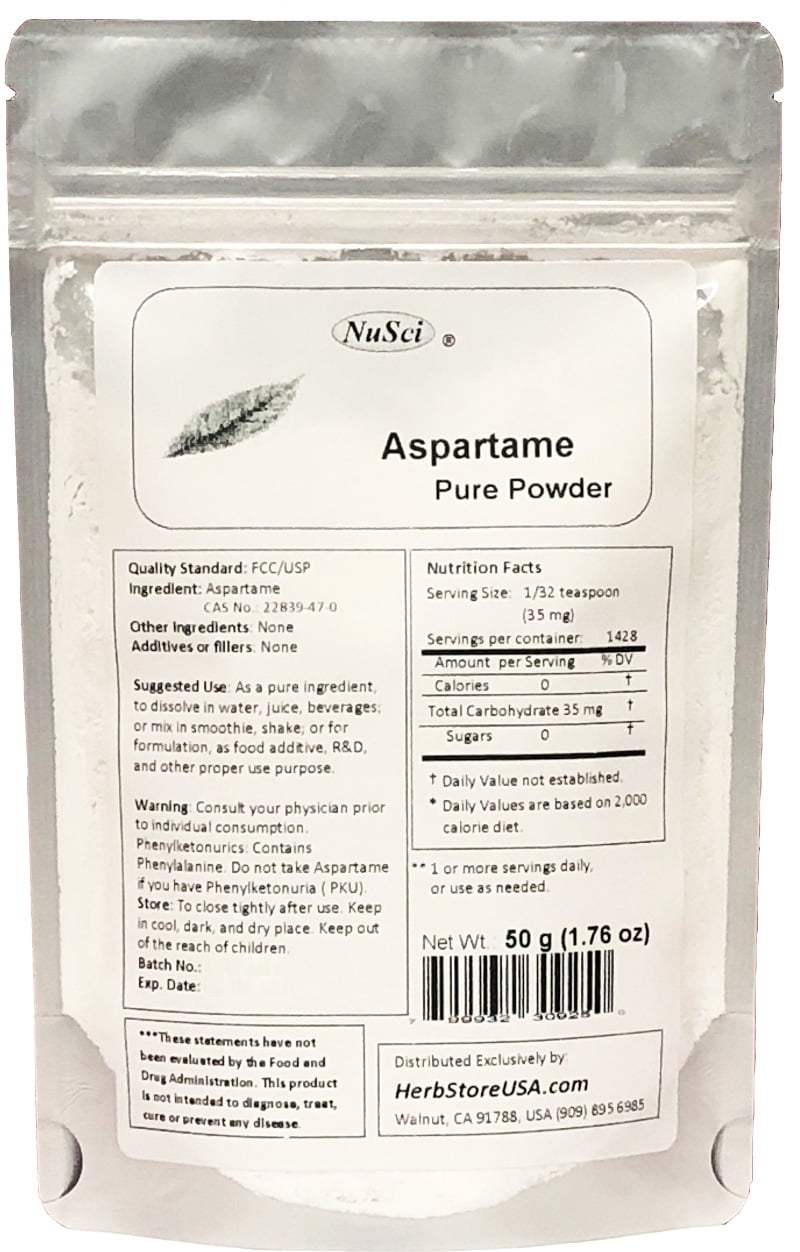


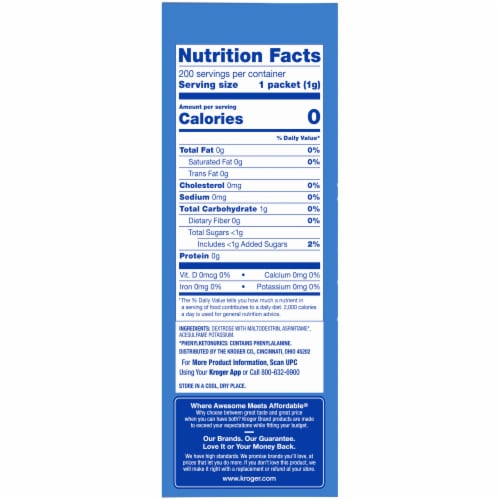
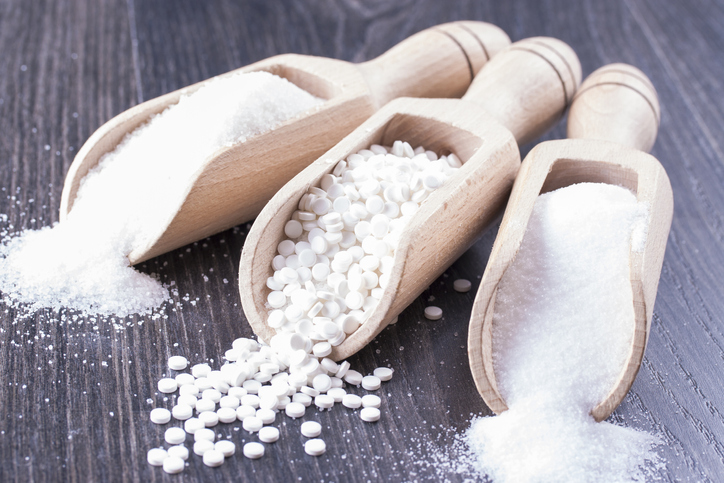

Post a Comment for "40 aspartame on food labels"